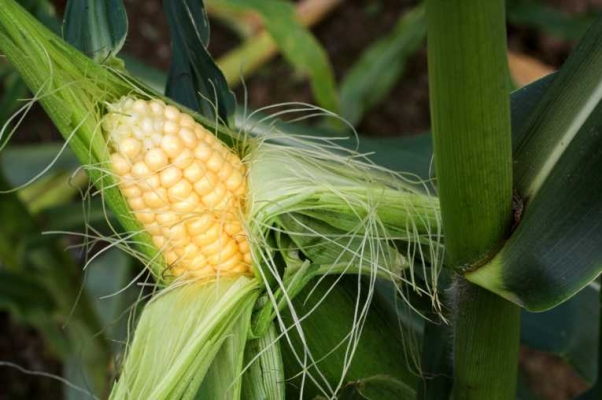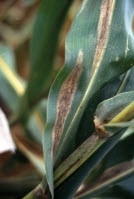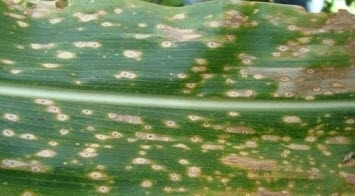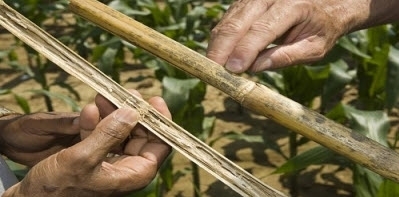General Information
Maize is known as queen of cereals and is used collectively in the form of foodstuff or fodder. From grains products like starch, corn flakes also glucose are prepared. It is also used as animal feed in poultry. Maize can be cultivated in any soil as they require less fertile soil.
It serves as basic raw material to thousands of industrial products like oil, starch, alcoholic beverages etc. Uttar Pradesh, Rajasthan, Madhya Pradesh, Bihar, Himachal Pradesh, J & K and Punjab are major maize growing states. AP and Karnataka is major producer of maize in south. In Haryana, winter maize can be successfully taken and is more profitable than Kharif maize as pest and disease attact is less in winter.











.png)
.png)
.png)
.png)
.png)


.jpg)


